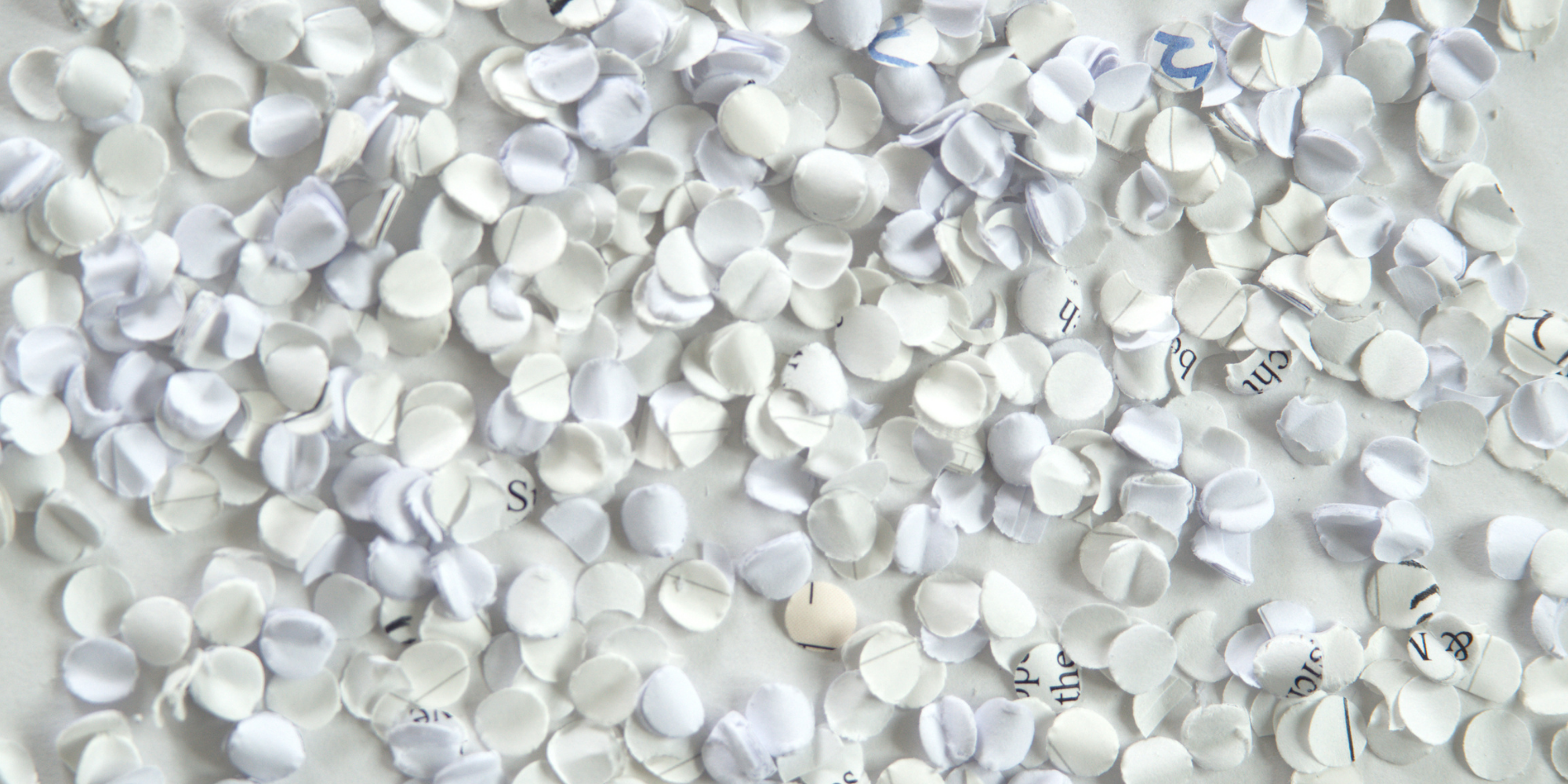Confetti vs. The Environment
Ok, we get it. There is nothing more magical than confetti falling from the sky during that perfect moment. Whether at a concert or a wedding, confetti suddenly creates a fantastical atmosphere and allows for the most beautiful photo opportunities. However, it should be no surprise that most confetti can be harmful to the environment!
I recently attended a lovely wedding that ended with 12 confetti canons blasting strips of shiny foil and paper into the sky as the newlyweds trotted towards their getaway Tesla. You can probably imagine the horror in my little environmentalist heart when I realized what was happening. I waited for the majority of wedding guests to drive away before I got onto my hands and knees trying to collect as much of this litter as possible.
At least 5 concerned guests came up to me letting me know that the confetti was “biodegradable”. I politely let them know it definitely wasn’t. I collected probably 7% of the litter before my wedding date told me it was time to go home.
We’ll write more soon about the word “biodegradable” as it’s one of the most loaded words in the sustainability industry. However, this blog is to help you learn how to have a less harmful confetti experience. Let us know if you have other ideas!
Eco-Friendly Outdoor Confetti Options
1. Flower Petals
This one is a little obvious, but real flower petals are natural and will break down beautifully in the environment! You can ask your florist to save any scraps or ask your neighbors if you can prune their plants. Luckily, many florists actually sell flower petals if you’re looking for an easy option.
2. Hole Punched Leaves
If you’ve spent any time on eco-tok (environmentalist TikTok) or searched confetti DIY on Pinterest, you may have seen this idea. If you use a regular paper hole-puncher on tree leaves, it creates beautiful and colorful confetti. While this is a very easy and eco-friendly confetti alternative, we do have to warn that it is time-consuming. But that’s what best friends are for, right?
3. Water Soluble Confetti
Water-soluble means that it dissolves instantly in water. This confetti is going to be plant-based as opposed to metal or petroleum-based (foil or plastic). Most water-soluble confetti is made from a food product like vegetable starch, rice, or sugar but looks like little strips of paper or fluffy cotton. You can test efficacy of water-soluble confetti by running water over a few pieces and watching how quickly it turns into nothing. (This is actually what I used at my wedding!)
Harmful Outdoor Confetti Options
1. DIY Paper Confetti
DIY paper confetti is created by tearing up or hole punching waste paper like newspaper, sheets of music, or old books. This is actually a very eco-friendly confetti option IF, and only if, the confetti will be thrown inside where it can be swept up and thrown away. While paper is natural, it is still a processed material that will take several weeks to completely biodegrade in the natural environment. It is NOT quickly water-soluble like the options listed above.
2. Seeds
While this sounds like a very obvious eco-friendly idea, it’s trickier than you think. Not all seeds are native and introducing non-native plants to an ecosystem can be incredibly harmful. Additionally, some seeds can be unhealthy to local wildlife that might choose consume them.
3. Rice
Most of us know by now that throwing rice is not a great idea. It can be really harmful to local birds and other wildlife. Let’s let nature feed itself.
4. Biodegradable Confetti
This word is meaningless. When it comes to confetti, unless the product description says biodegradable AND the words “water-soluble”, don’t buy it. These products are usually made from plastic.
5. Any Other Confetti
Throwing confetti made of foil, glitter, or plastic is really, really bad for the environment. It’s littering. These pieces of trash can exist in the environment for 10, 20, even 100+ years. If your confetti moment will happen inside, it should be swept up before it finds its way into the bushes, grass, rivers, and stomaches of local wildlife. We always recommend one of the more eco-friendly options above.
Celebrate even more when your event is fully sustainable!
Have questions? Let us know!





